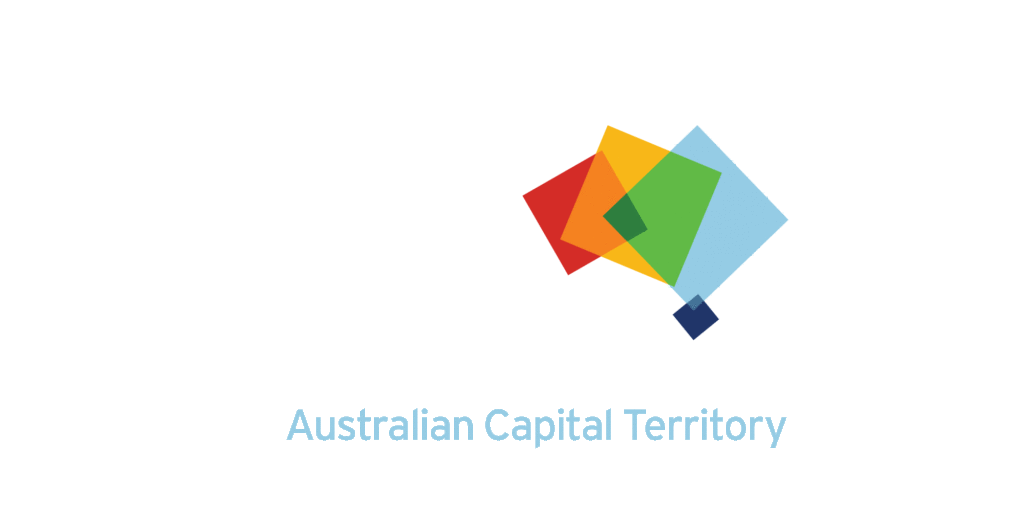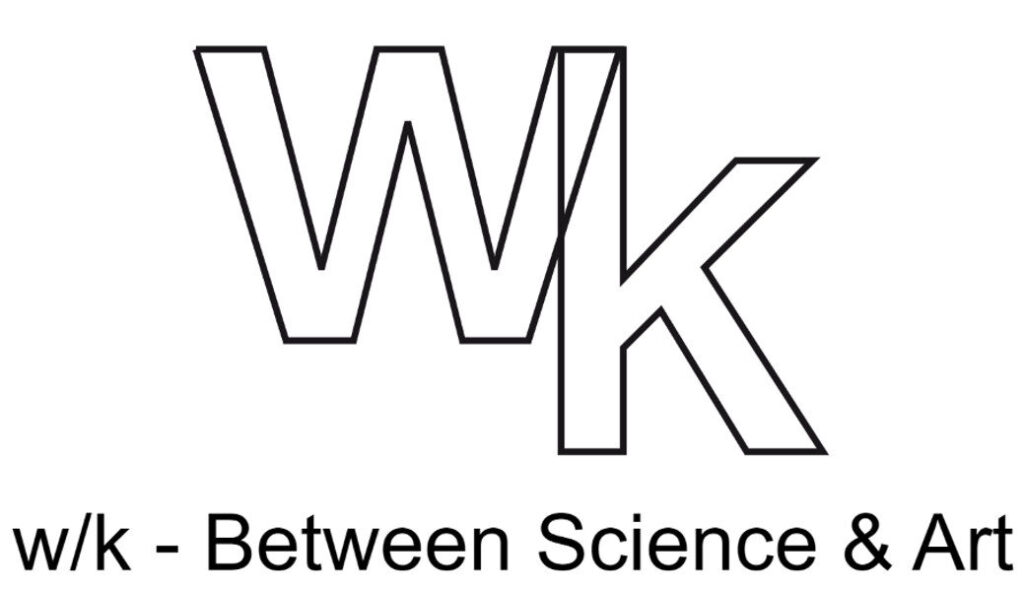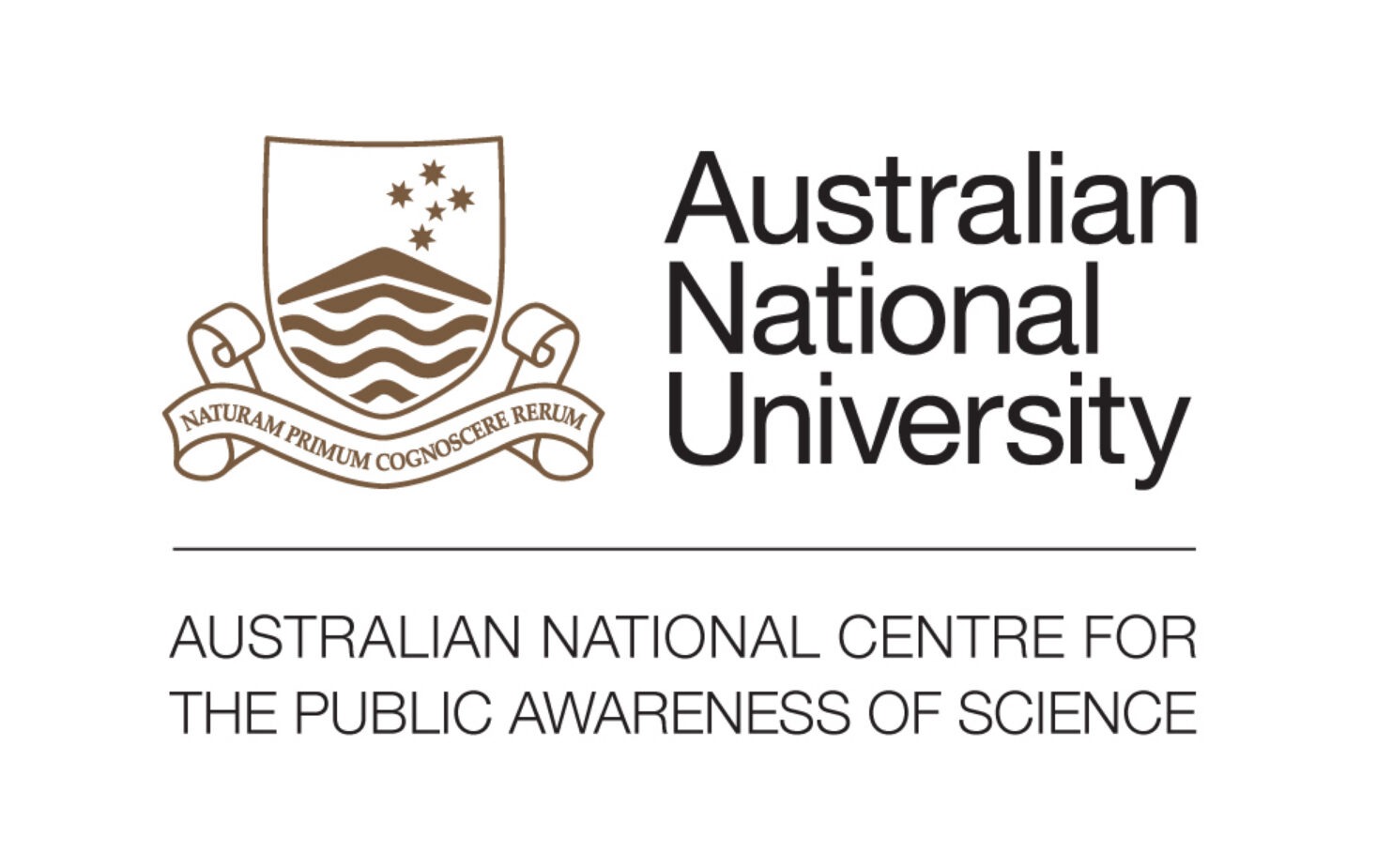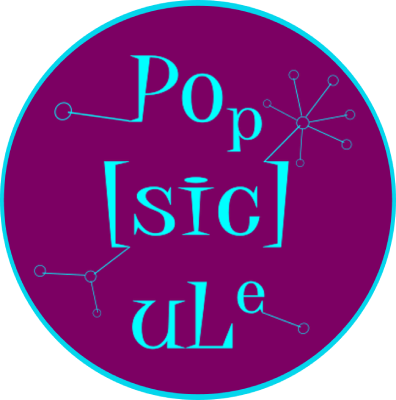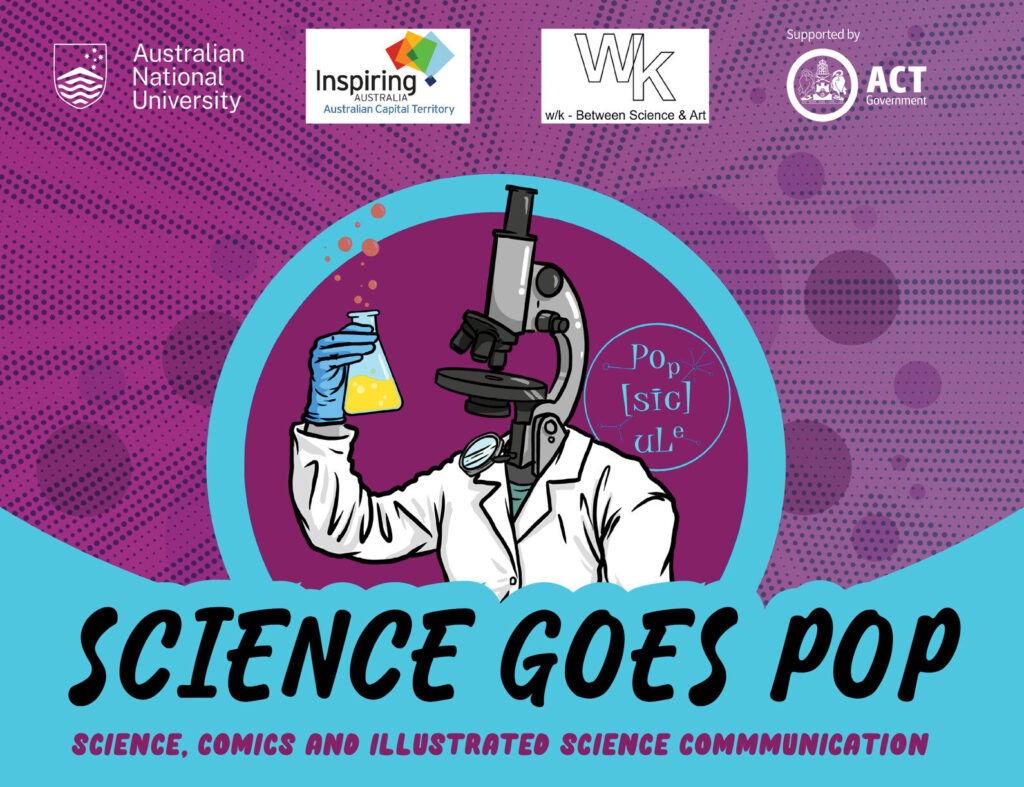
How do we excite our imagination about science through comics?
Join six Canberra artists and six comics researchers as they explore the power of comics to communicate science. 15 May, 6.30pm, Smith’s Alternative (book your ticket here).
Pop culture is rocket fuel for science communication. Pop culture is where collective understandings of science are created, stereotypes of scientists are generated, and attitudes towards science are shaped. It is therefore really important to explore how our scientific and technological past, present and future are imagined in media such as comics, street art or (animated) film! The stupendous (inter)connections between science and popular culture teach us about the status of science as a cultural force – science in and as culture – and about the ways science has excited the public imagination.
This “Science goes Pop” event invites you to join 6 Canberra-based artists and 6 comics scholars in exploring the power of science through the medium of comics and illustration. Discover what scholars from Canberra, Sydney, Yokohama and Tokyo have to say about comics in 6 lively short, 15min impulse presentations, which will be turned into and visually activated in novel artworks by the artists (and launched together at a later event).
This event will be moderated by Houl and Dr Anna-Sophie Jürgens (ANU)
ARTISTS
Houl (@houlart)
Houl cut his teeth as an artist in the mid-2000’s Sydney Street Art Scene, covering signs with stickers, construction cladding with paste, and blank brick with aerosol. A move to Canberra afforded him the opportunity to develop his bold characters and distinct style, painting larger aerosol murals and more refined indoor works. Over the past several years he’s been exploring the interaction of artist and audience in the form of an ongoing series of treasure hunt style artworks, where small cardboard pieces are left outside for others to find and claim as their own, bringing the outside to the inside, and returning public art to something just a little more personal.
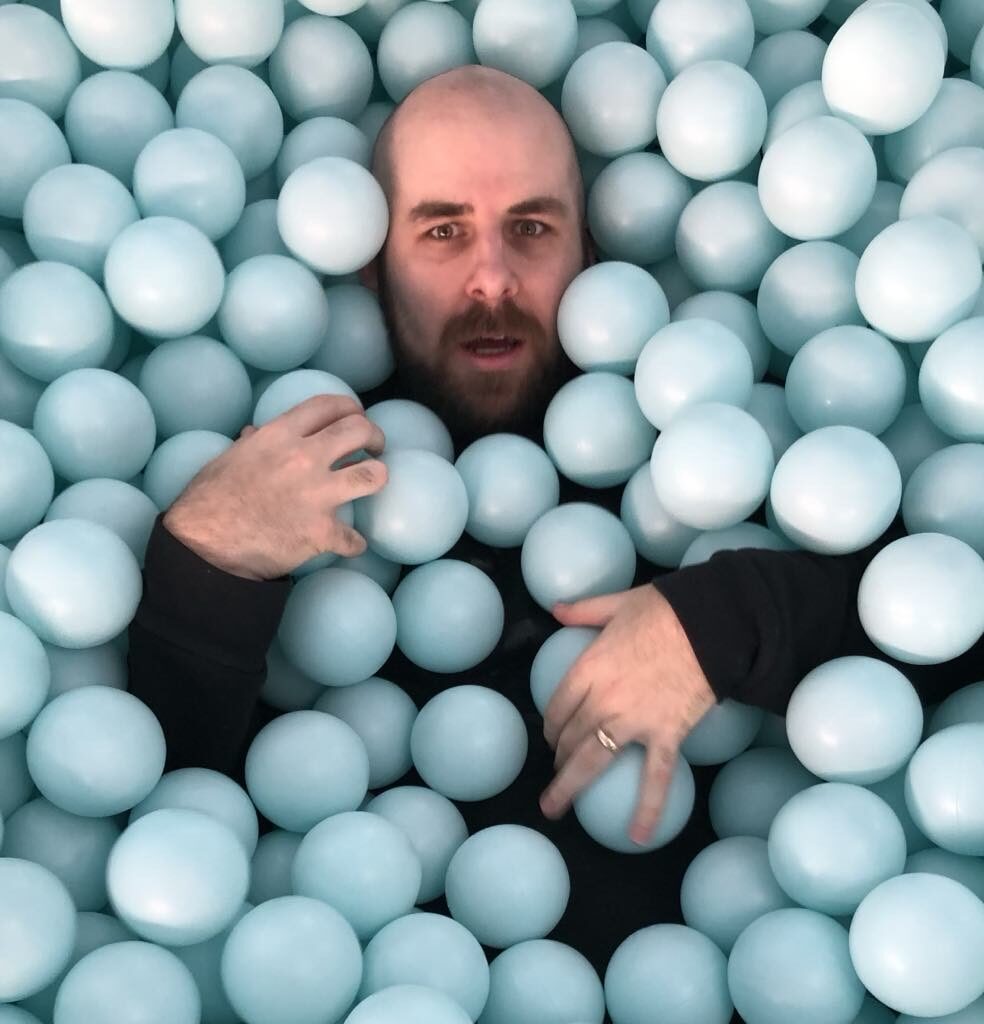
Britt (@brittamon)
Britt Nichols (BRT) is a designer, maker and creator based in Canberra, Australia. Working across mediums, Britt delves into the absurd and the darker corners of life, drawing influence from her love of horror, counterculture and a DIY attitude. She is the Design Director for Eaten magazine, an international publication mixing history and hunger, and the Design & Creative Strategist at Brand Rebellion. With over a decade of experience in the creative industries, she has contributed to a wide range of creative projects, businesses and brands in Canberra. Britt played a key role in ACT Surface Festival, where she helped transform public spaces with large-scale street art, and has driven creative engagement initiatives for startups and innovators.

Kel Ronning (@sludgekitchen)
Kelsey Ronning is a 25 year old, working on Ngunnawal/Ngambri land. She specialises in illustration and graphic design, and has strong passion for risograph printing. Since opening her doors to commission work, Kel has produced a series of event posters, including pieces for CBR GRRRLS TO THE FRONT, For the Record, Burnout Bookings and the Gender Agenda (Intersex Awareness Day). Since 2022, she has been selling her art through her own business, Sludge Kitchen, producing numerous prints, t-shirts, zines and other knick-knacks. She can often be found vending at local and interstate markets and conventions. Otherwise, she’s most likely at Sludge HQ, hunched over her drawing tablet with a bad horror movie on in the background. She has also produced a wide range of works in close collaboration with other artists, including Gold St Press, Helio Press, Stash World and Territory Skateboards. Beyond creative output, she has also been interviewed on ‘ZINE’ for Yarra Valley FM, and was featured in Frankie Magazine Issue 117, Voiceworks 2018, Red Ink magazine Vol. 1 and more.
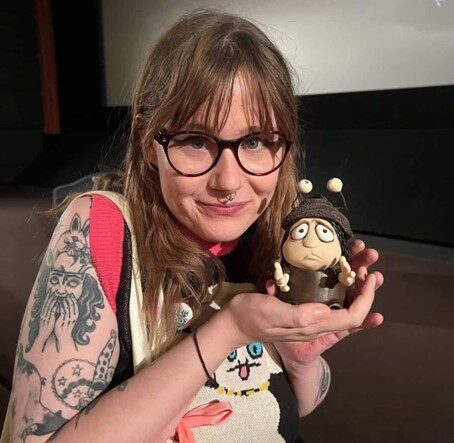
Kikifoxbones (@kikifoxbones)
Hi! I’m Kikifoxbones, or Vicky, an illustrator and tattooist. I’ve been tattooing since 2022, illustrating since 2013 and drawing since forever. I’m big into transformative fiction and fanart, gothic and horror styles and fantasy- basically my life’s goal is to get back at every art teacher who told me it’s not enough to simply draw a sick-ass dragon. I’m excited and thankful to be part of this project! Check me out on Instagram @kikifoxbones 🙂
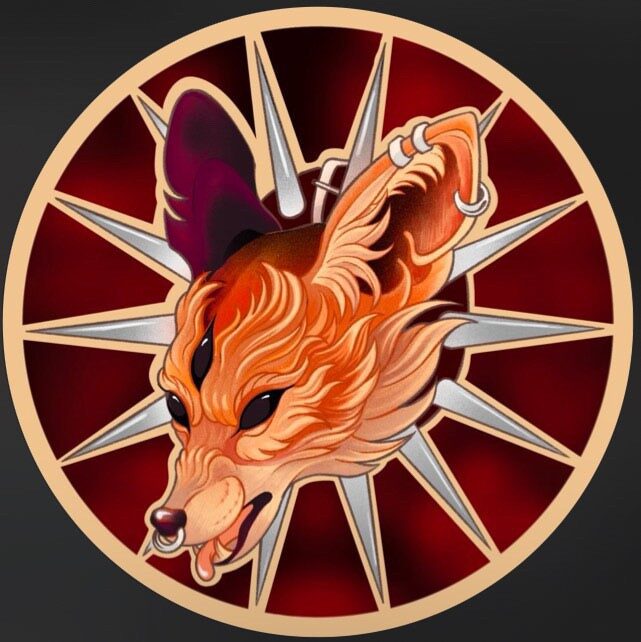
Dr Camilo Potocnjak Oxman (@cspo_shoots)
Dr Camilo Potocnjak Oxman is an industrial designer with two decades of experience as independent practitioner and university educator. First arriving in Canberra in 2009, he was quickly recruited to embed design methods within the entrepreneurship and innovation curricula of the ANU Research School of Management and the InnovationACT competition. This in turn led to him playing a leadership role in the design and delivery of the Canberra Innovation Network’s ‘Cause a Stir’ crowd-voted microgrants program, which between 2015 and 2018 provided educational tools and financial support to hundreds of young creatives and their ventures. These experiences informed Camilo’s pursuit of a doctoral degree bridging design and entrepreneurship. Since completing his PhD in late 2024, Camilo has begun to rekindle his craft, bringing together his passion for design, speculative fiction, and social justice into a nascent body of work that, through illustration, writing, games, and music, envisions a more desirable, sustainable future.
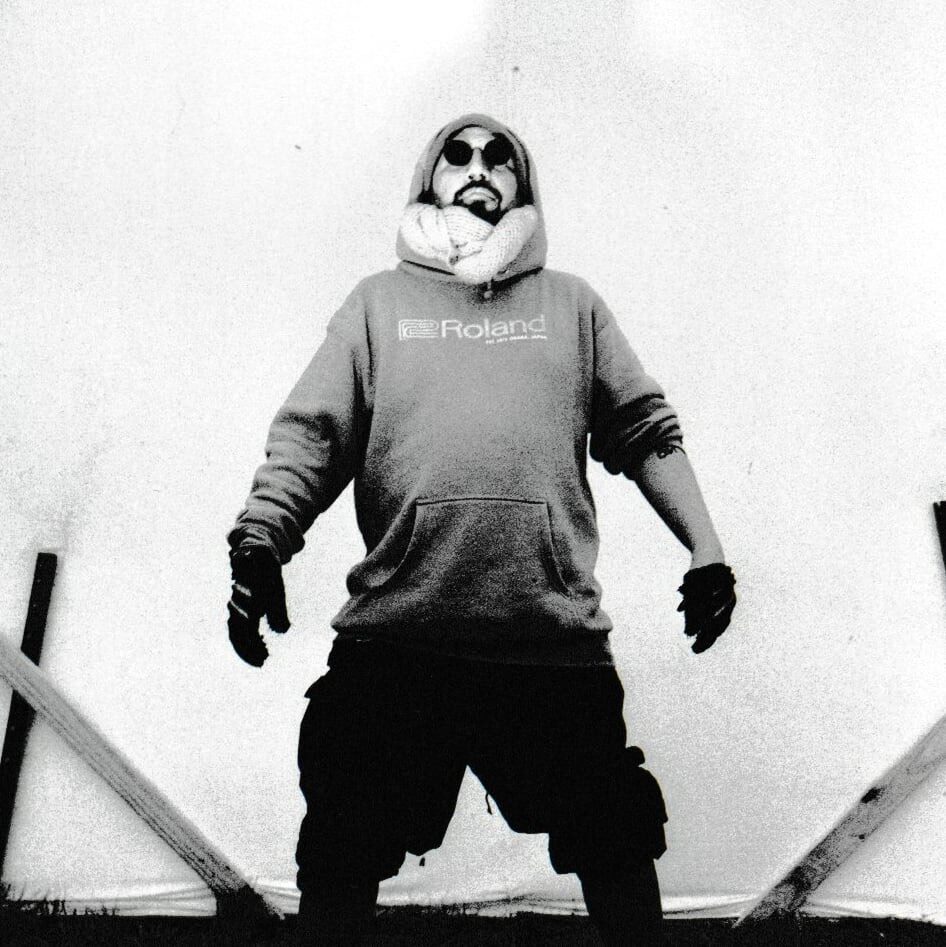
Hollow Bones (@hollowbonesco)
Patrick Galvin is a Grammy and ARIA nominated art director with a penchant for movie and music centric design. With 20 years experience as a freelance designer, Patrick runs Hollow Bones Studio and Gold St. Press with his partner and is always looking for ways to incorporate grit, texture and practicality into his work.

SHORT PRESENTATIONS AND SPEAKERS
“Images of Science: Visual Science Storytelling and Illustrated Science Communication” (Introduction) by Dr Anna-Sophie Jürgens
This presentation introduces the comics research of the Popsicule, ANU’s Science in Pop Culture and Entertainment Hub, which explores the cultural meanings of science with the aim to better understand how pop cultural narratives about science have affected the public discourse and understanding of science, and thus our science-society relationship. Discussing the cultural meanings of science reveals how scientific research is connected to and expressed through creative imagination, for example in DC’s Joker comics and Marvel’s Spiderman universe. Exploring science in comics and visual science communication, this presentation argues, contextualises and broadens our understanding of the relationships between fact and fiction – and is a source of great academic and artistic fun!
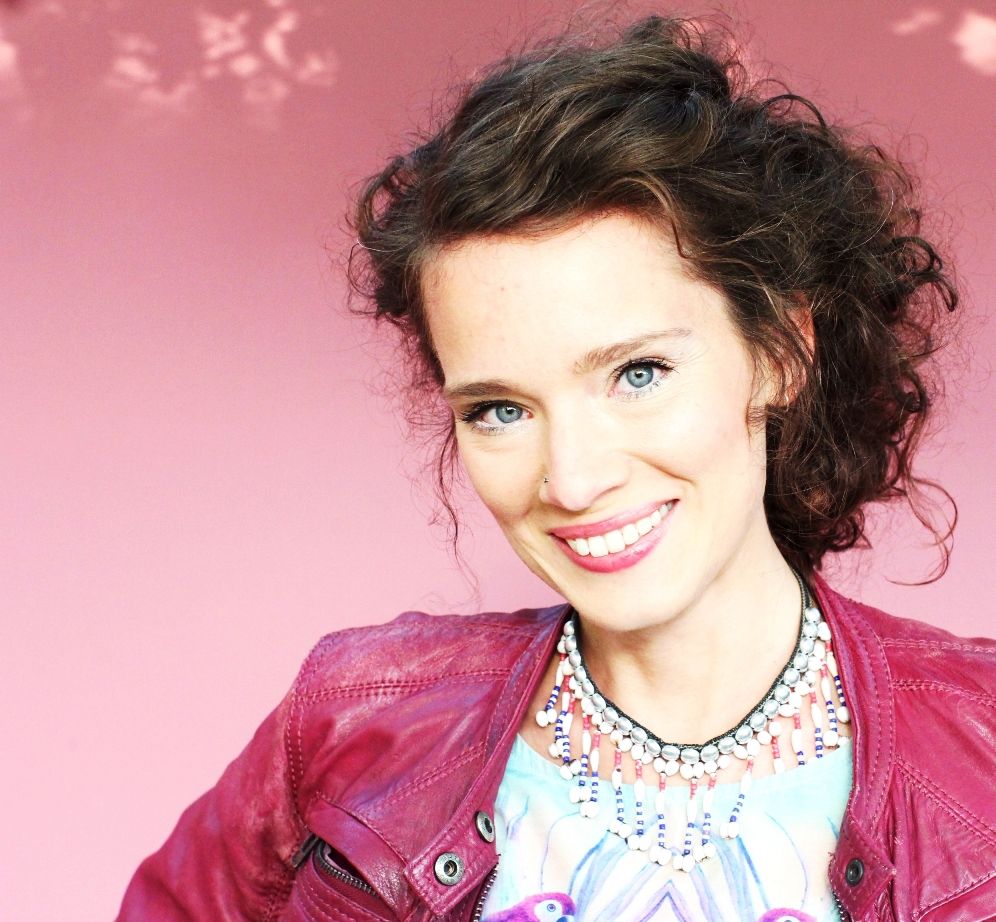
Dr Anna-Sophie Jürgens is a Senior Lecturer in Science Communication at the Australian National Centre for the Public Awareness of Science of the Australian National University (ANU) and the Head of the POPSICULE, ANU’s Science in Popular Culture and Entertainment Hub. Her research explores the cultural meanings of science, the history of (violent) clowns and mad scientists, science and humour, and the interface between science and (public) art.
“Hopepunk and Bioengineering Techno-Optimism in Sci-Fi Comics” by Crystal-Leigh Clitheroe
My presentation examines the portrayal of bioengineering, synthetic biology, and their practitioners in fictional comics, and how they explore and envision the promise and societal impact of innovative life sciences. Drawing on approaches from science communication, comics studies and cultural studies, it analyses the visual, narrative and metaphorical meanings that unfold between biotechnological processes, laboratory settings and scientist characters, with the aim of clarifying the extent and means by which science fiction comics challenge traditional scientist stereotypes and narratives of science. In this context and considering the history of genetics and biotechnology in popular culture and science communication discourses, this project intends to unfurl all the ways hope narratives play a crucial role in shaping our cultural imaginaries of emerging biotechnologies and biotechnologists.
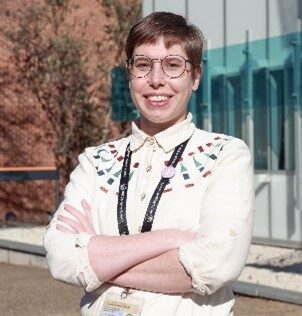
Crystal-Leigh Clitheroe is a PhD candidate studying Science Communication in Fictional Comics at the Australian National Centre for the Public Awareness of Science and is part of the Popsicule, ANU’s Science in Pop Culture and Entertainment Hub. Their research focuses on the unique ways in which comics organise and convey information in cognitively complex ways and shape our cultural imaginings and understanding of what bioengineering is, how it works, and how its used to tell techno-optimist, hopepunk stories.
“Engineering Life in Laboratories: Snapshots from the DC Comics” by Dr Dan Santos
Laboratories are important sites for scientific research and practice. They are often where new facts and knowledge are discovered, and where novel innovations are developed. They are also key sites in which scientific progress and technological futures are imagined, and the path towards their realisation initiated. This is especially the case for emerging fields, such as synthetic biology, a field interested in combining engineering with biology. Yet, the work that is undertaken within laboratories, and the actors who undertake it, work largely behind closed walls. As such, how laboratories are represented in popular culture, such as graphic novels and films, becomes important in considering how broader public discourses and expectations about science and its futures are framed. This presentation provides snapshots of how laboratories have been represented across the DC Comics Universe, and how these representations relate to futures that are gestured toward. Overall, I contrast and compare how the contexts of science (labs) relate to the contents of science (synthetic biology), especially in helping us make sense of the future.
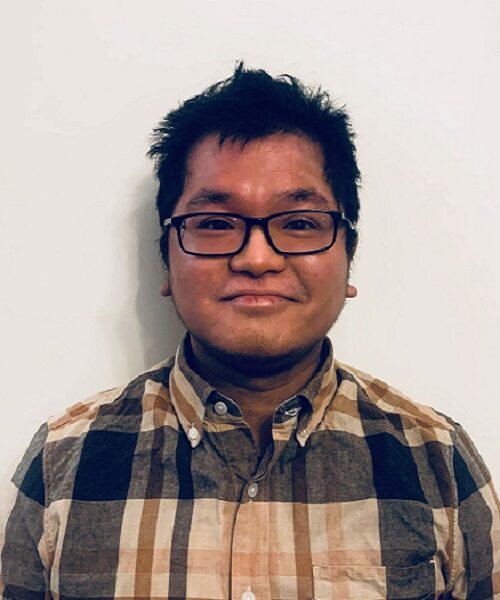
Dr Dan Santos is a Research Fellow at the Australian National Centre for the Public Awareness of Science. Broadly, he is interested in examining the social, economic and environmental dimensions of emerging biotechnologies, especially with respect to questions around innovation, public engagement and openness in science. Recently, this has included biohacking, synthetic biology, and stem cells.
“The Spider-Verse as a Translation Device: Rewriting Who Belongs in Science” by Dr Ben Nickl
How do we see science? In the Spider-Verse films, animation isn’t merely a medium—it’s a tool for translating complex scientific ideas into something we can feel, navigate through, and belong to. By blurring the line between comics, street art, and physics, the films utilise their signature ‘2.5D’ aesthetic—graffiti textures, halftone printing, and layered motion—to convey concepts like quantum mechanics and the multiverse as a visceral experience. However, this translation isn’t solely about seeing science in a new light—it’s about making us aware of how we see or don’t see other things. By centring Miles Morales, a Black and Latino Spider-Man, the Spider-Verse films reveal how scientific narratives have historically excluded non-white people in fiction and reality. The fragmented, multi-layered visual style reflects this tension. It transforms glitches and distortions into a storytelling device that questions who gets to shape scientific futures ‘by accident’ once ‘the normal’ is broken. The Spider-Verse franchise reimagines science through graphic narrative and animation—not merely as fantasy but as augmented reality that broadens who belongs. What unfolds when comic books and quantum theory intersect? And how can animation render the invisible visible? Let’s step into the Spider-Verse and discover.
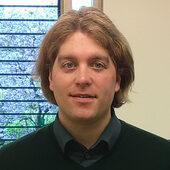
Dr Ben Nickl is a Senior Lecturer in Comparative Literature and Translation Studies at the University of Sydney. His areas of research and teaching include mass entertainment, culture theory, and theories of humour. He is working on popular cultural technologies of mediation, questions of translatability, and the posthuman potential of comedy and laugh tech. Ben is the author of Turkish German Muslims and Comedy Entertainment (KU Leuven University Press, 2020), co-editor of the open-access Humour as a Human Right article series in the Open Library Humanities Journal located at Birkbeck, University of London, and editor-author of the open-access volume Moral Dimensions of Humour (Tampere University Press, 2024).
“Science Communication via History Manga in Japan” by Dr Torsten Weber
My presentation will consist of two parts. First, I will give a short overview of the tradition of introducing historical scholarship to non-expert readers through comics in Japan. In the second part I will introduce parts of two recently published manga on the history of the opening of Japan in the 19th century (2023) and on postwar Japanese society (2025). Both were supervised by renowned historians with the explicit aim of making latest historical research accessible to non-expert audiences, including in schools. On the basis of these examples, I will conclude by discussing the opportunities and obstacles for science communication via comics.
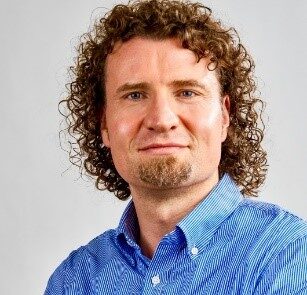
Dr Torsten Weber is a historian of modern East Asia and Principal Researcher at the German Institute for Japanese Studies (DIJ Tokyo). Since 2020 he has been responsible for the new Science Communication and Public Relations section at the DIJ Tokyo and, since 2022, he has also been co-spokesperson of the Max Weber Foundation’s Public Relations Working Group, which develops the Foundation’s science communication with its eleven research institutes abroad.
“Science meets Animals: Early Spider-Man Villains by Stan Lee and Steve Ditko” by Professor Stefan Buchenberger
“After all, if not for the villains, the good guys would either have to apply for welfare or be reduced to battling each other” (Stan Lee, 1976). The very nature of comic book superheroes necessitates a predictable and somewhat one-dimensional narrative structure of their adventures that constantly confronts them with obstacles in the form of villains. An endless narrative loop where they keep fighting a truly “never-ending battle” (Eco, 1974). And the more colorful villains a superhero has in his or her gallery of adversaries the more enticing their adventures are. This presentation will focus on the early villains of Spider-Man, created by Stan Lee and Steve Ditko with their origins grounded in comic book pseudo-science. However, some of the most important and lasting of these villains were created using a mix of science and animal traits, like Dr. Octopus, the Vulture, and the Lizard. Often created by scientific accidents Spider-Man’s animal-themed adversaries, have since starred in various of his movies and have become part of the pop-culture canon. Even Spider-Man himself is a result of a scientific experiment gone wrong when he accidentally gets bitten by a radioactive spider and gains his spider-based superpowers.
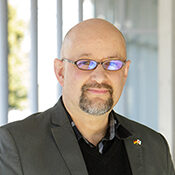
Dr Stefan Buchenberger is Professor at the Department of Cross-Cultural Studies of the Kanagawa University in Yokohama/Japan. He earned his PhD in Japanese studies from the Ludwig Maximilian University in Munich in 2004. He is involved in the study of graphic narratives at the International Comparative Literature Association (ICLA) where he is co-founder and co-chair of the Standing Research Committee on Comics Studies and Graphic Narrative. He is also a member of the Japanese Comparative Literature Association, and Japanese Germanics Society. His other areas of research are mystery fiction, horror movies, intertextuality, and orientalism.
This event is organised by Houl and Dr Anna-Sophie Jürgens. This project is supported by Inspiring Australia ACT and the ACT Government. The organisers would like to thank their sponsors and collaborators.
